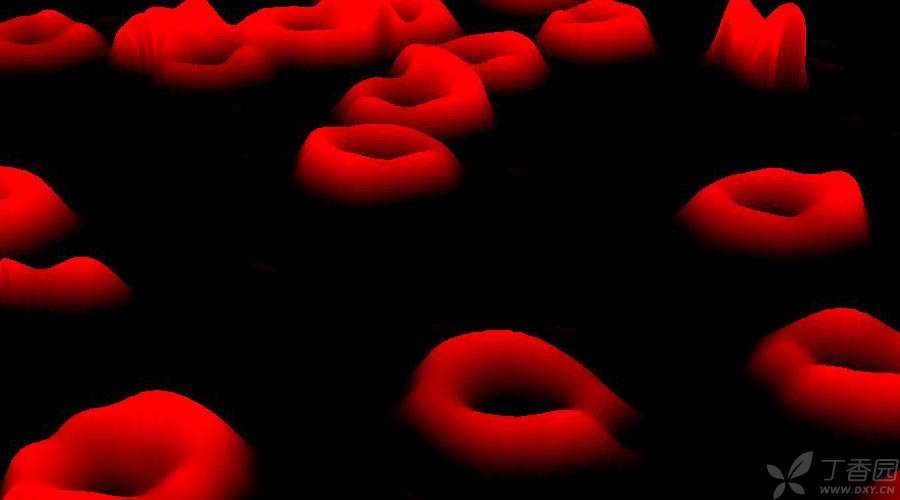
Hematochezia, positioning is very important
In all diseases, hematochezia has always been a headache for doctors, whether in internal medicine or surgery. Because the digestive tract is very long, from oropharynx to esophagus to stomach, from small intestine to large intestine to anus, bleeding in every part can be manifested as blood in stool, but as to which part is bleeding, it is difficult to locate.
With the development of technology, There are many ways to locate, For example, through gastroscopy and colonoscopy, A large part of the bleeding sites and causes can be determined, but for small intestinal bleeding, the current examination technology is not so mature, and the application of enteroscopy and capsule endoscopy is not so mature. Angiography or nuclide imaging can be performed for some diseases, but all bleeding foci cannot be determined.
What makes doctors and parents nervous is the kind of acute massive hemorrhage, If not treated in time, it may lead to hemorrhagic shock, There is a fatal danger. What scares doctors even more is the bleeding caused by some serious diseases. Such as volvulus, Necrotizing enteritis, These are serious diseases, If you don’t carefully identify it may delay treatment. What is particularly impressive is that the last few months saw several children with abdominal distension and bloody stool shortly after birth. When they opened it, they found that all the small intestines were torsion and necrosis, and they were unable to recover. Most of these children were due to congenital malformations, and some had already occurred in the uterus, which was difficult to prevent.
I have also met several newborns who have undergone abdominal surgery before. Parents find it not very good for their children to eat milk at home, The stool was a little bloodshot and came to the hospital. It looked not much different from ordinary enteritis. There was nothing abnormal after taking the film and making the ultrasound. However, the professional vigilance still allowed the more children to stay in the hospital for observation. As a result, the child’s condition deteriorated rapidly on the day of stay in the hospital. After taking the film again, it was confirmed to be necrotizing enteritis. Some children were not saved later.
Common Diseases Related to Hematochezia in Children
Fortunately, most hematochezia is not so serious, many is common enteritis, also not all children with hematochezia need to do so many examinations to determine the cause, such as anal fissure can be diagnosed through clinical manifestations and physical examination. The following are some common diseases of children’s hematochezia.
1. Enteritis: includes allergic enteritis, which is mostly found in infants fed with formula milk, and infectious enteritis, which includes bacteria and virus. Enteritis hematochezia is characterized by relatively small blood volume in most cases, and some are only bloodshot mixed with stool, which can gradually disappear with the improvement of enteritis.
2. Anal fissure: mostly accompanied by constipation.
3. Intussusception: Blood stool is characterized by jam color, often accompanied by paroxysmal stomachache and vomiting.
4. Intestinal polyps: Children are not uncommon either. Hematochezia lasts for a long time. Children with a small amount should also be on guard. Colorectal polyps can be identified and removed by colonoscopy.
5. Upper gastrointestinal hemorrhage: Inflammation of stomach and duodenum, ulcer hemorrhage and hemorrhage caused by portal hypertension are relatively rare in children.
6. Meckel’s diverticulum: It is often a large amount of acute hemorrhage. Please write a special article on this disease in the future.
7. Necrotizing enteritis: A special type of enteritis. Newborns, especially premature and low birth weight infants, should be on guard. Early stage can be manifested as diarrhea, vomiting and abdominal distension, and the disease develops rapidly.
8. Intestinal volvulus: It can occur on the basis of intestinal malrotation, intestinal or mesenteric tumor, intestinal adhesion, etc. Children are often accompanied by abdominal pain, vomiting, abdominal distension, etc.
9. Henoch-Schonlein purpura: Vasculitis caused by autoimmunity, abdominal children can also show bloody stool, stomachache, and rash only appears on the body and limbs at the later stage.
10. There are also some systemic diseases, such as coagulation dysfunction caused by neonatal vitamin K deficiency, hemophilia, aplastic anemia, etc., which can also be manifested as gastrointestinal hemorrhage.
There are many diseases that lead to hematochezia. For parents, it is not necessary to remember so many diseases. It is very difficult to identify them by themselves. When children bleed more and more urgently, accompanied by stomachache, vomiting, abdominal distension, fever and other conditions, especially newborns, they should see a doctor in time.
Author: Pei Honggang
The article was reprinted by Clove Garden authorized by the author.
